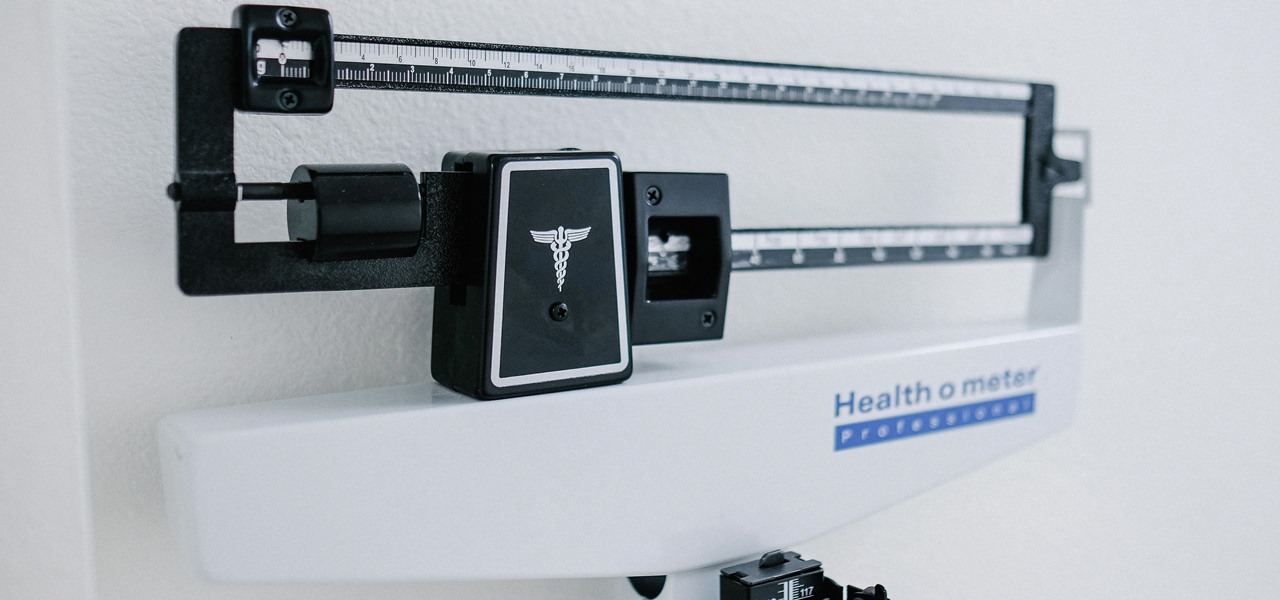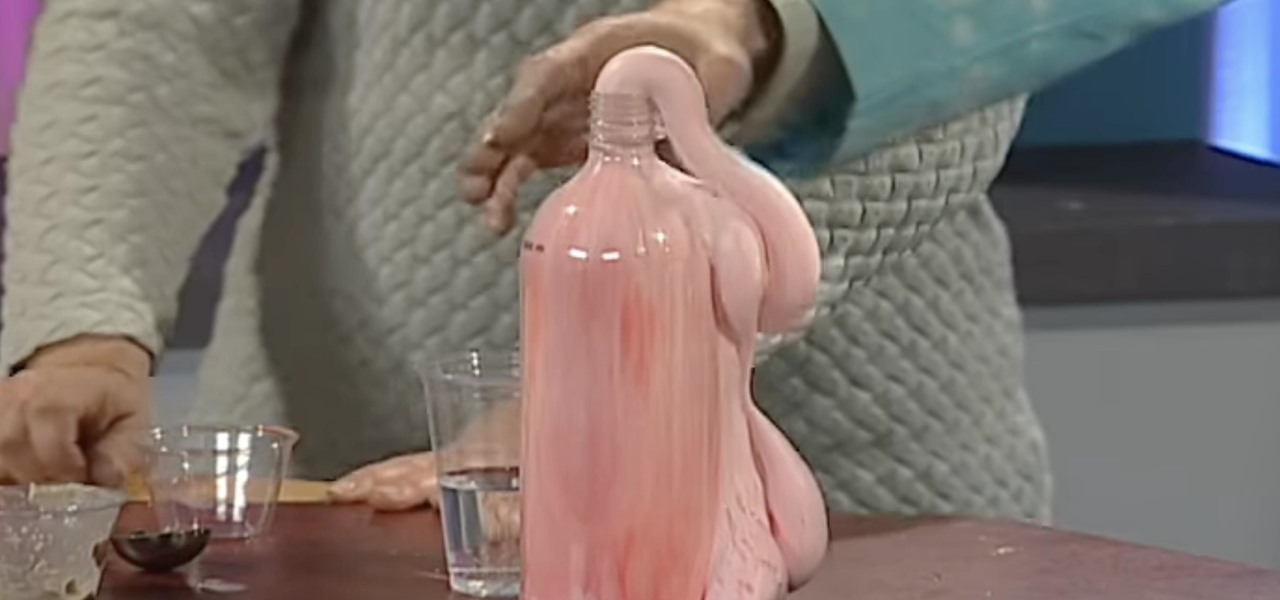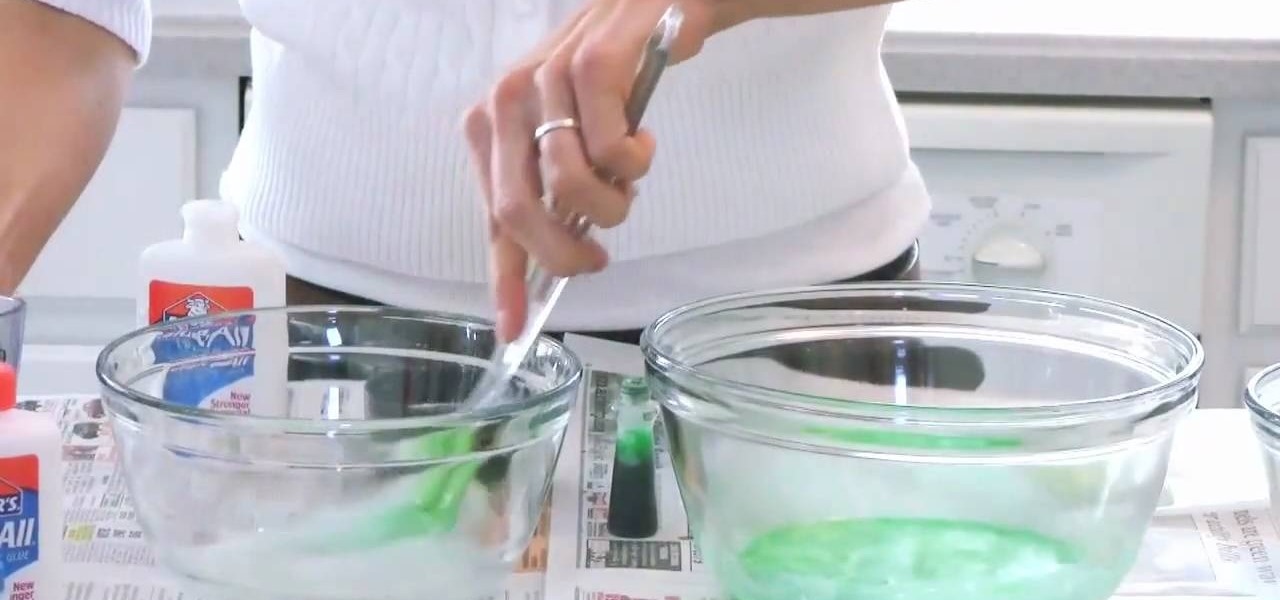Hot Science Experiments Posts


News: NASA to Reveal New Life Form (Watch Live Today)
Despite all the recently transpired web hysteria regarding a mysterious NASA press release, the organization has NOT discovered new life on another planet. However, the latest information does indicate that scientists have discovered a new life form on planet Earth.
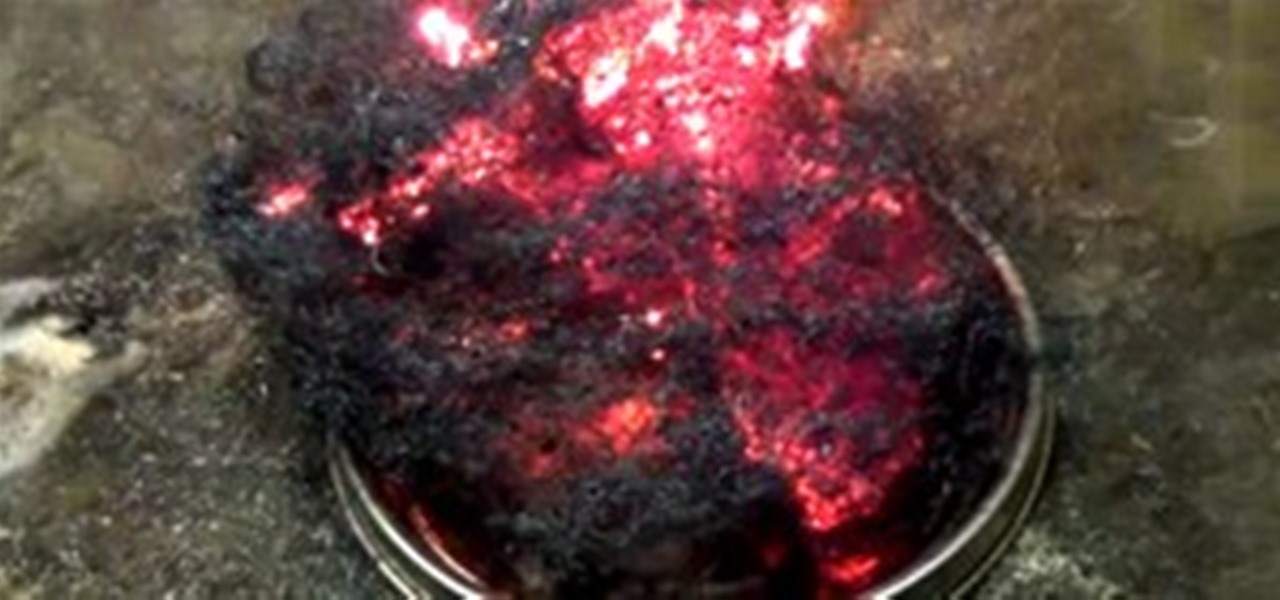
News: The Thrill of Burning Steel Wool
WonderHowTo favorite NurdRage once again triggers the inner mad scientist in all of us (well, all of us WonderHowTo-ians at least). Below, watch what happens when steel wool- found in every common household Brillo Pad- is lit on fire.
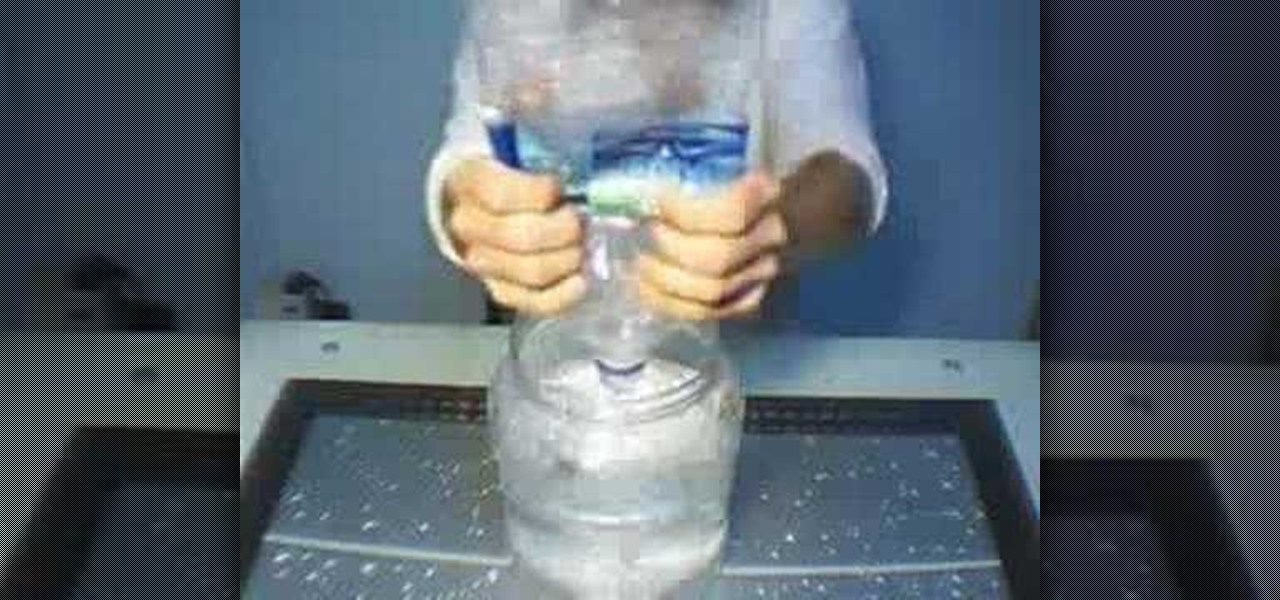
How To: Empty a large water bottle in two seconds with a straw
Bottled-beer chuggers the world over already know that letting air into your beverage with a straw makes it pour faster into your mouth. Did you know, however, that the same technique can be modified and used to empty a fluid into another container (or onto the floor) even more quickly? This video will show you how to use a modified straw technique to introduce air into a large bottle of water or other drink bottle, causing the contents to empty at a torrid pace.

News: With 2 Square Meters of Sunlight, You Can Melt Anything
Yep, anything (on Earth). Below, BBC One's Bang Goes the Theory demonstrates how normal sunshine can become a lethal heat-ray of 3,500 degrees celsius (with the aid of a high-performance solar furnace). That's hot enough to melt rocks. More by Bang Goes The Theory:

How To: Make Bullets? Make it Rain Molten Lead
In 1782, an English plumber named William Watts came up with a clever method for making shotgun ammo. Watts constructed a six story "shot tower", consisting of a series of perfectly lined up holes, drilled into all six floors of the structure. Watts then poured molten lead through a sieve from the top story, through the holes of each floor, finally landing on the bottom floor in a pool of water. The cushioned impact resulted in a perfectly formed bullet.
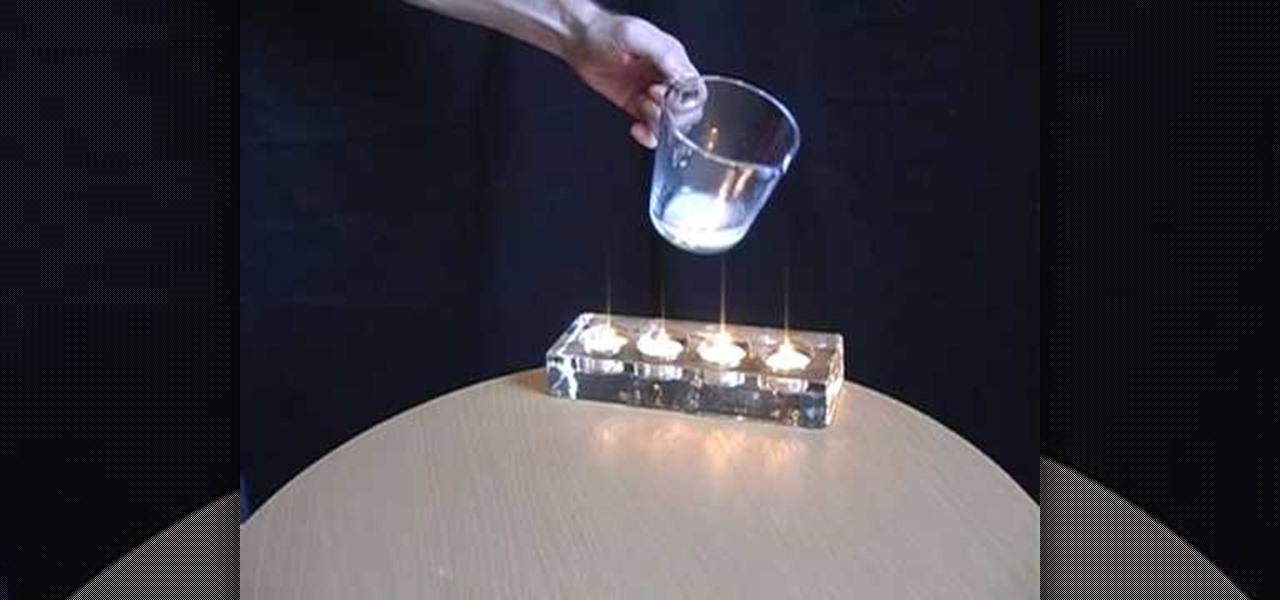
How To: Perform 10 awesome science magic party tricks
The best part of science class for many was the awesome demonstrations and experiments teachers use to demonstrate scientific principles. This video will teach you how to capture some of that magic by performing ten awesome science party / magic tricks, like relighting a match with smoke and rolling a can around on it's rim.

How To: Make hydrazine sulfate with the hypochlorite and the Ketazine process
Hydrazine sulfate has many uses, but most notably, it's been used under the trade name of Sehydrin, a treatment for anorexia, cachexia and some even think cancer. But for we DIY chemists, it's useful for something entirely different— as a substitute for the more dangerous pure liquid hydrazine in chemical reactions. NurdRage shows you how to make it via some hypochlorite and the Ketazine process.

News: Would You Go on a One-Way Trip to Mars?
Missions to Mars are far and few between because the fuel is so costly. Solution? A pair of scientists are proposing that elderly astronauts are sent on one-way missions to Mars, to boldly go... and not come back:

HowTo: Measure the Distance from the Earth to the Moon
Measuring the distance from the Earth to the moon doesn't require NASA equipment. The ancient Greeks did it, which means 2,000 years later, you can do it, too.

How To: Make a candy DNA model
In this video we learn how to make a candy DNA model. First, purchase some black licorice and another color. Grab two each from the pack and then purchase some gummy bears. After this, pick out four different colors from the gummy bears bag. Take your scissors and put the licorice together. Cut one inch pieces so you end up with six of them. These will represent the sugars in the molecules. Once you do this, you will take the string and push it through the holes that are in the licorice. Laye...

How To: Do an animal blubber (fat) glove experiment
In this video, we learn how to do an animal blubber (fat) glove experiment. You will need: a big bowl with ice water in it, 4 plastic bags, thermometers, and some vegetable shortening. To start, you will take the shortening and scoop it into plastic bag and then stick one of your hands in it. After this, stick two bags over your opposite hand with the temperature into it. Then, you will stick each of your hands in the ice water and see which one lasts longer in the ice water. The fat should k...

How To: Make a rocket with your kid
In this tutorial, we learn how to make a rocket with your kid. First, go to a craft store and buy a starter set that has all the parts for the rocket inside of it. After this, you can take all the parts out of it and grab the directions out of it. Use the directions to help your child make the rocket and get together with groups if you want to make a day of it. After you make the rocket, you and your kid can set it off with the others or alone in an open space! Have fun and enjoy making these!

How To: Experiment with dry ice
In this tutorial, we learn how to experiment with dry ice. You can buy dry ice from any grocery store, so grab that and you will also need some soap. After this, grab the dry ice with some thick gloves and set aside. Then, put some hot water inside of a container with some soap. Put the dry ice last inside of the container. After you're finished, you can wait to see the reaction occur! It will start to smoke and make different noises which is fun to watch and see! When done, clean up your are...
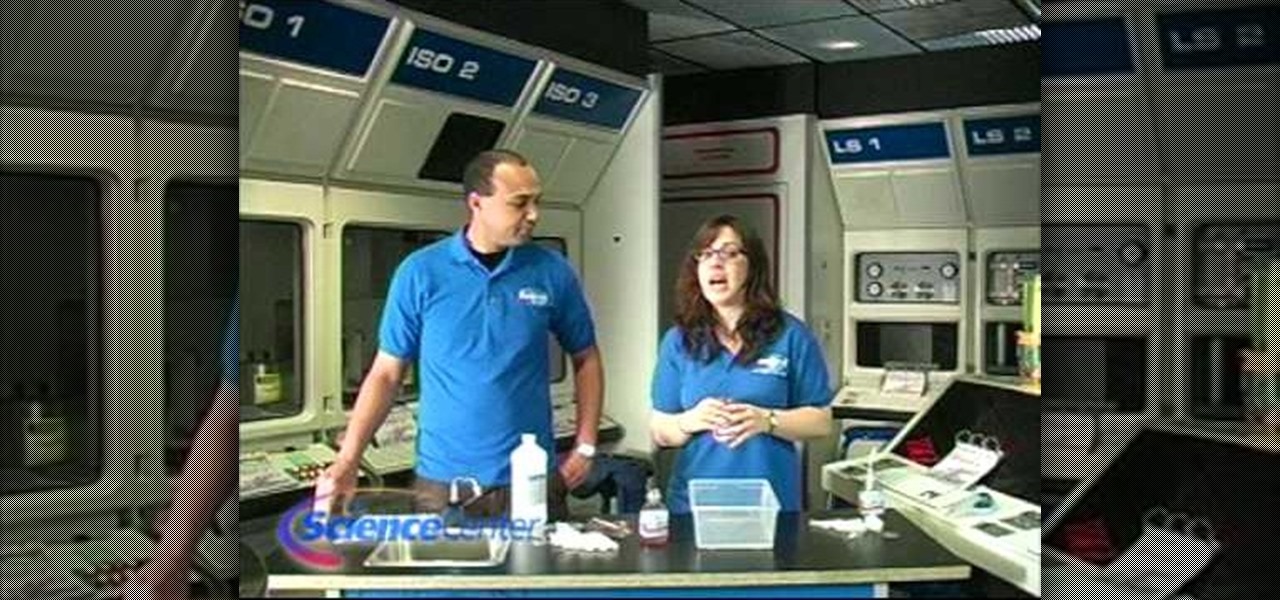
How To: Use chromatography to study plants
This video is a tutorial on how to use chromatography correctly to study plants. The tools needed to complete the task are a plant, jar or bottle, rubbing alcohol, paper coffee filter and a plastic spoon. The first step is to chop the plant up and place it into a jar followed by filling the jar with rubbing alcohol. The jar must then be placed into a pan of warm water for five full minutes. You must stir the plant matter in the alcohol until the plant causes the alcohol to change color. The l...
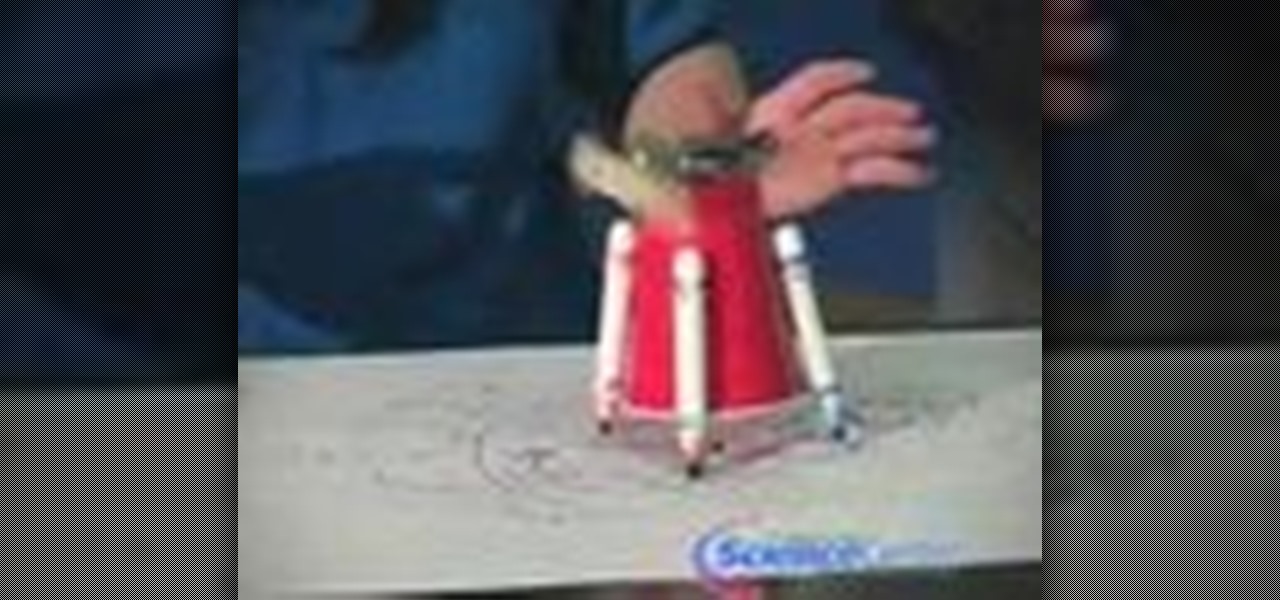
How To: Build a robot that scribbles on paper
This video explains how to build a robot with the basic ability to scribble on paper. The narrator gives website addresses for more examples on completed robots and various information on the subject. The Robot is built using a plastic cups and wooden sticks for legs and support. A motor is then attached to a wooden stick which is then attached to the top of the plastic cup. One nine volt battery is needed to power the motor. Once the battery has been attached to the motor you must attach the...

News: Are Diamonds Forever?
As Theo Gray of Gray Matter demonstrates below, contrary to what the ads may say, diamonds CAN expire. Especially when attacked with a blow torch and liquid nitrogen. Gray says:

How To: Make electroluminescent (EL) ink at home by re-doping glow powder
Just about any electroluminescent substance is cool but rather expensive if you buy it at the shops. If you need some cheap EL ink, watch this video to learn how to make blue EL powder out of cheap, easy-to-make ZnS green glow powder.
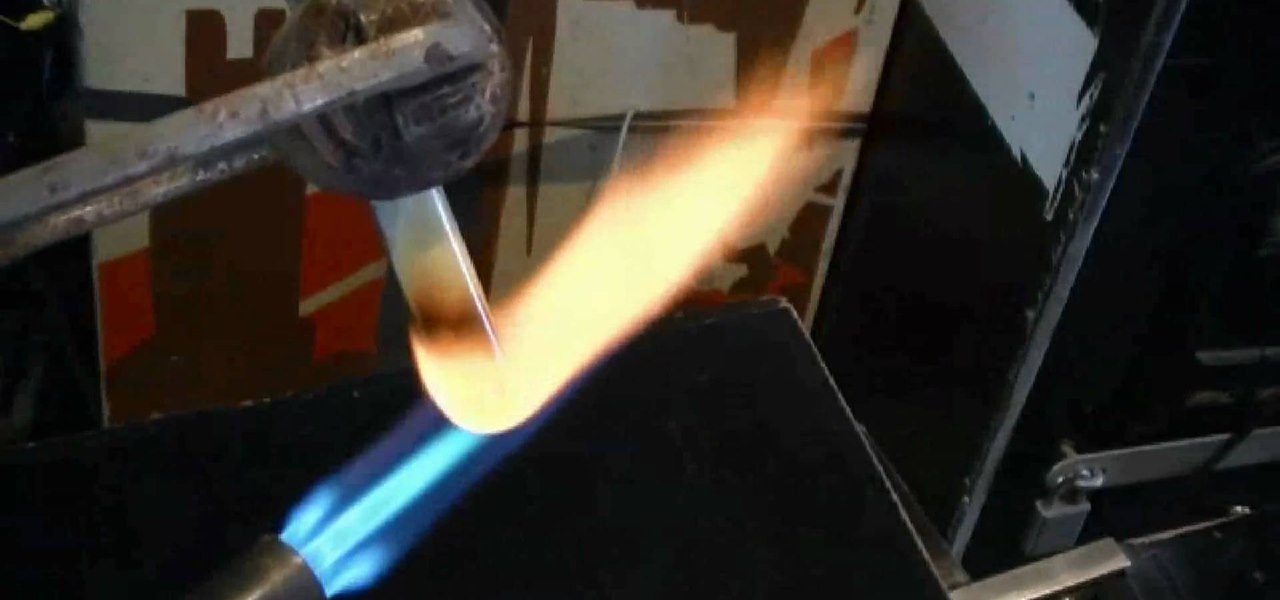
How To: Make Glow Powder Out of Household Chemicals
Glowing substances have always held a powerful appeal to people, and making new ones can be a lucrative business. If you need some glow powder for a project of yours, watch this video to learn how to make DIY glow-in-the-dark powder out of normal household chemicals.

News: Iron Man Played with 1,000,000 Volts of Electricity
Iron Man. What could be a more fitting song for 1,000,000 volts of electricity? It's the perfect Vegas act, so it's shocking to hear that ArcAttack is yet unsigned. With their high-tech, custom-made music equipment, homemade chain mail suits and... LIGHTNING!... they put on one electrifying performance!

How To: Take an acid and base to make salt
In this tutorial we learn how to take an acid and base to make salt. To start, you will first need to take an acid of your choice, this can be something like vinegar. After this, you will combine the acid with a base and then wait for it to react. Once it starts to react, gases will release from them and you will end up with some salt! Be sure to put a cap on the container while the reaction is happening. This will allow the reactions to come together and the gases to react. Have fun and do t...
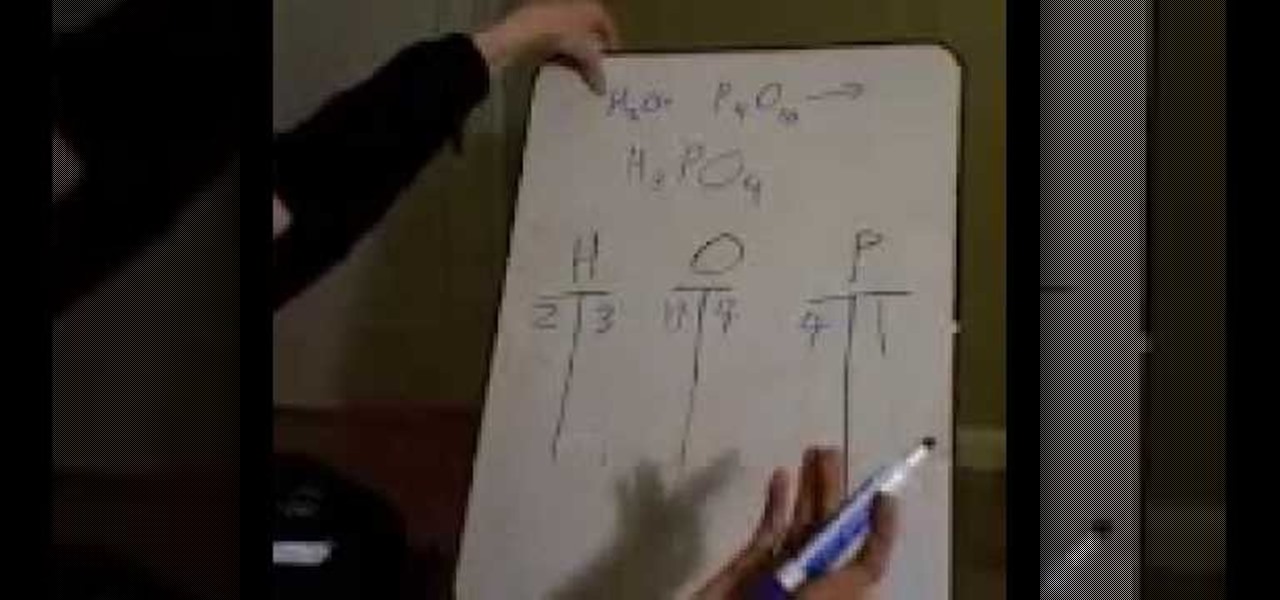
How To: Balance chemical equations using a simple method
In this video, we learn how to balance chemical equations using a simple method. Start out by writing your two chemicals next to each other. After this, you will need to write out how much of each atom each of the chemicals has. Now you will have a better idea of how you need to balance out each of the different equations. Make a chart of all the elements that are involved, then you can solve it. Use simple addition to add together the atoms of each and then write out the correct answer in th...

How To: Fireproof a balloon
In this tutorial, we learn how to fireproof a balloon. Usually, if you bring fire to a balloon it will pop, but there's a way to avoid this! First, get your balloon and place it around the nozzle of your sink. Then, fill it up with water until you have a decent amount of water. Now, blow some air into the balloon and tie at the end. From here, put your balloon to the test! Place a lighter underneath the balloon to see how it reacts. It should not pop like it did before. The water will absorb ...

How To: Build a wave machine out of household items
In this tutorial, we learn how to build a wave machine out of household items. You will need: 20 straws, 40 paper clips, 2 pieces of tape, and 1 washer to make this. First, you will need to pull out a long string of tape and lay it down with the sticky side up. After this, you will need to stick the straws on top of the tape in a row all going next to each other. Do this from the top to the bottom until all of the straws are stuck on. Then, stick the washer to the top and you are finished wit...

How To: Shrink plastic with household materials
In this video, we learn how to shrink plastic with household materials. You will need: tin foil, plastic container, scissors, glove, and colored markers. To start, you will preheat the oven to 325 degrees. Then, cut a piece of the plastic out in a square shape. Next, draw whatever you want onto your piece of plastic. Make it as colorful as you would like to! When finished, put this in the oven using a glove. Make sure it's on the foil when you put it in. Then, leave it in for less than a minu...
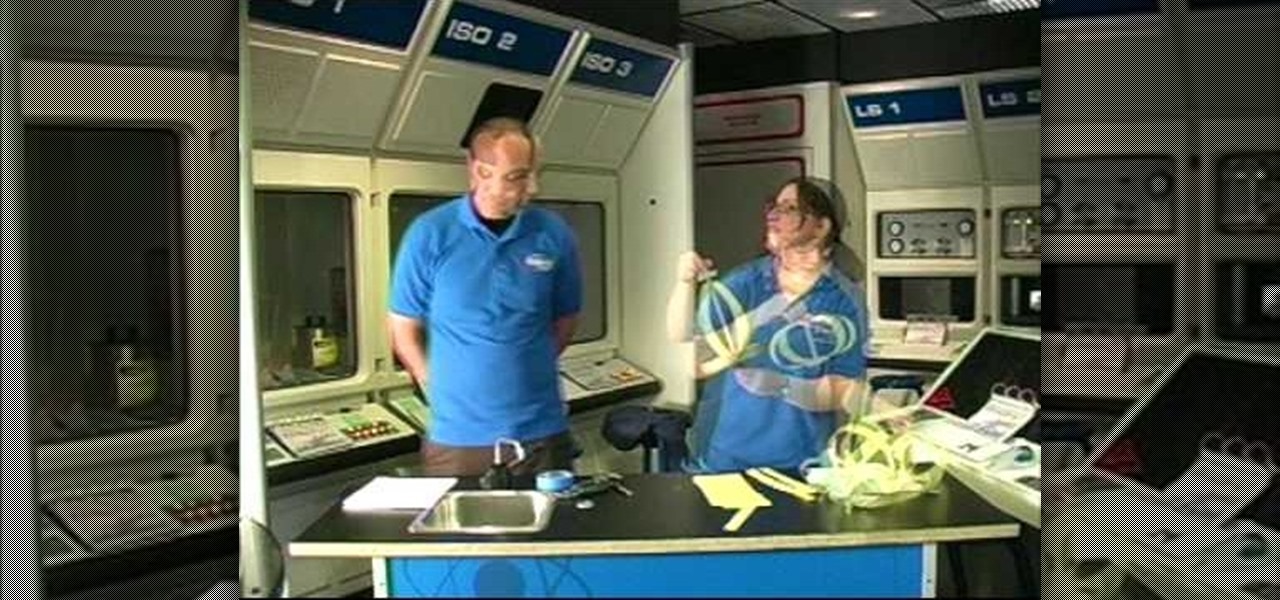
How To: Study planetary bulge with a science experiment
It is a well known fact that due to the rotation of the Earth about its own axis has a bulging effect on the equator and a slight flattening effect at the poles. This experiment tries the reproduce the same effect using simple materials.

How To: Build parachutes with household materials
In this video, we learn how to build parachutes with household materials. You will need: a long string, Mylar, mesh, plastic, scissors, tape, and a weight. To get started, you will first cut your plastic or mesh into a circle or octagon shape. Then, take your string and cut it into several pieces. Then, tape the strings onto your material all around. After this, tie your weight to the strings so it's fully secured. Now, go to somewhere high and throw down your item! The parachute will help ke...
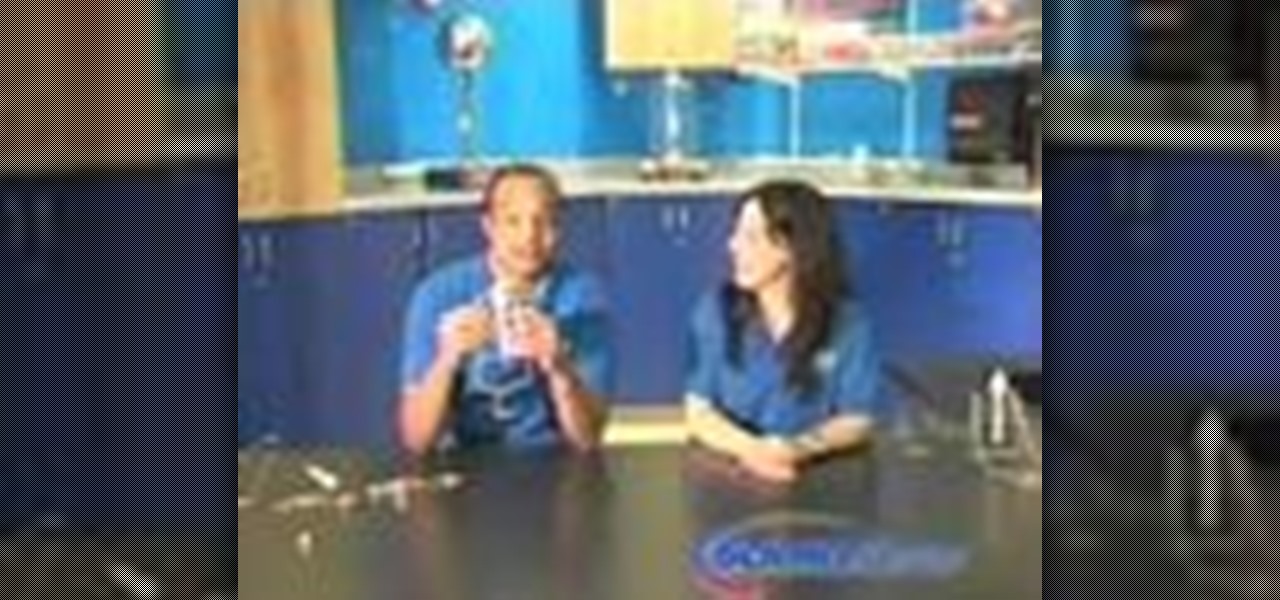
How To: Build a catapult out of rubber bands & a wire hanger
In this tutorial, we learn how to build a catapult out of rubber bands & a wire hanger. To do this, you will first need: one wire hanger, plastic spoon, rubber bands, small marshmallows, and measuring tape. Now, hold your hand in the center of the hanger and pull up both sides around it. After this, fold back the front for balance and straighten it up so it's stable. Next, you will take one rubber band and put it around the sides. Then, take the spoon and put it in between the rubber band and...
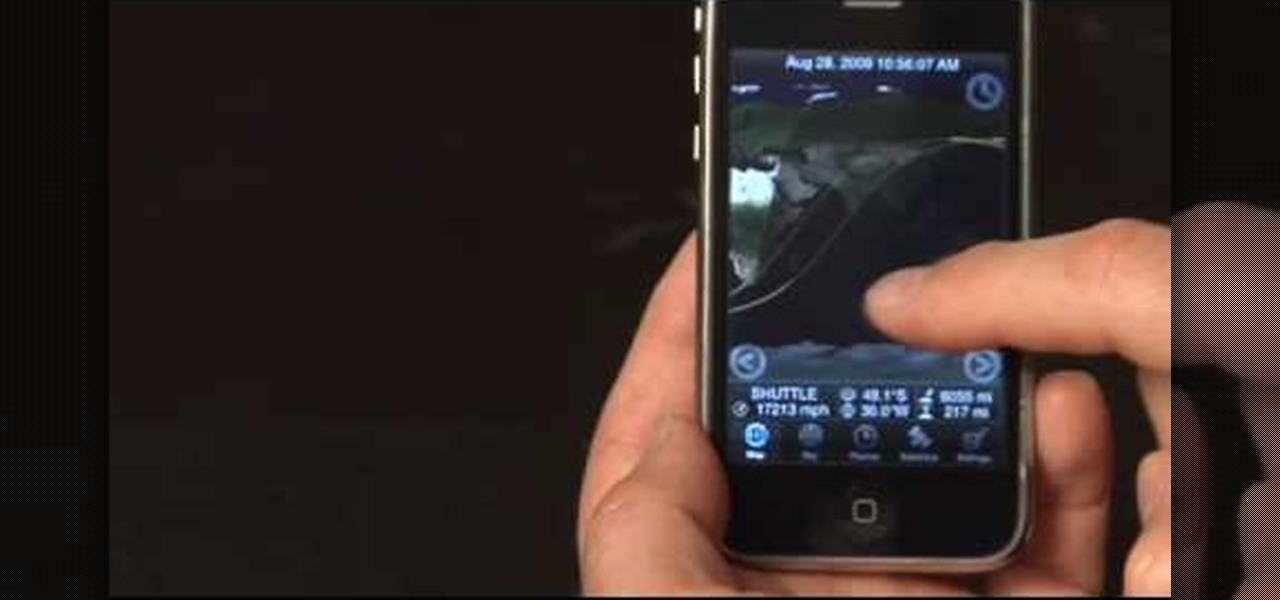
How To: Star gaze with your kids
In this video, Daddy Troy teaches us how to star gaze with your kids. This can get your kids interested in space and teach them a thing or two, while still having a good time. First, Google offers a service called Google Earth, which will show your child the entire earth, moon, and mars. Kids can use these programs just like a video game. They can see real pictures as well as their own home or grandma's home. This is free and a lot of fun! Next, you can see satellites with your naked eye in t...
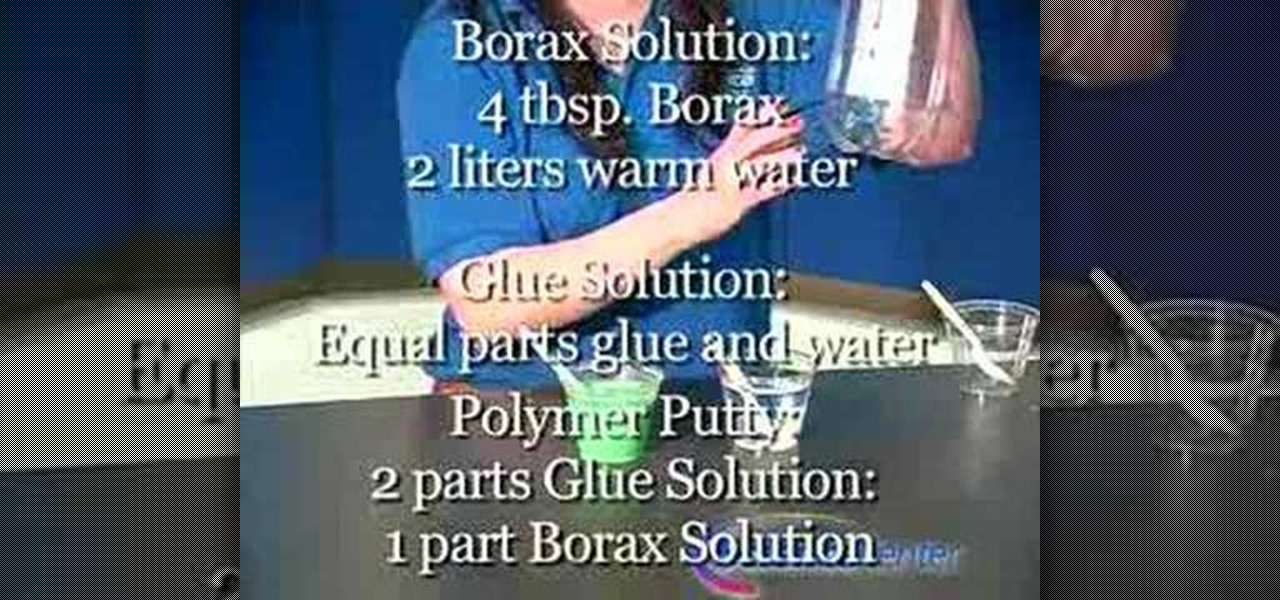
How To: Make polymer putty with household materials
In this tutorial, we learn how to make polymer putty with household materials. You will need: borax, white glue, water, 3 plastic cups and spoons, and food coloring to color your putty. Now, dissolve 4 tbsp of Borax in 2 liters of warm water. Then, prepare equal parts of glue and water together. To make this, you will need 2 parts of the glue solution to 1 part of the Borax solution. Once you mix these together, you can add in some food coloring to it. Pour this into different cups to make di...
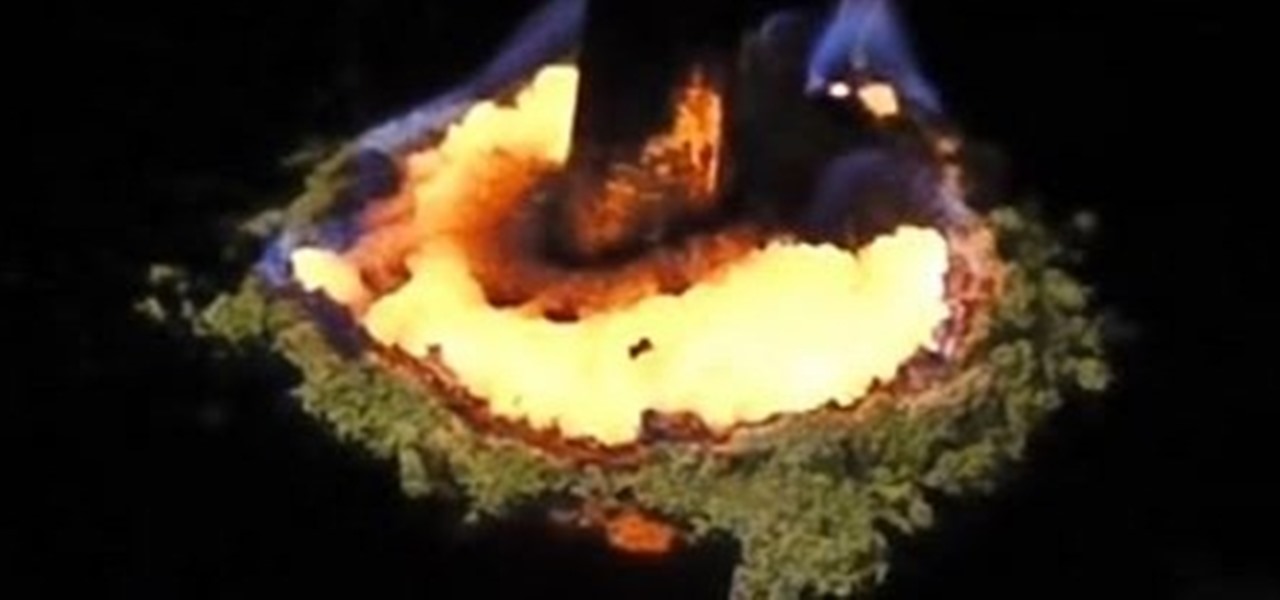
How To: Make iron sulfide with sulfur and iron
In this home-science how-to from Household Hacker, we learn how to create an exothermic reaction by combining sulfur with iron, producing iron sulfide in the process. For all of the details, including step-by-step instructions, as well as to see what happens when these two elements meet, watch this video guide.

How To: Make copper hydroxide Cu(OH)2 with copper metal
In this home-science how-to, we learn how to synthesize copper hydroxide Cu(OH)2 using copper metal and the electro-chemical approach. For detailed, step-by-step instructions, and to get started making your own copper hydroxide, watch this video guide form YouTube user sciencoking.

News: The Magical Cube Illusion. Wait For It, Wait For It...
And the magic is revealed ten seconds in! Disappointed? Me, too. Such a simple explanation. Those first 10 seconds were so convincing... Previously, Why Are Our Brains Fooled By Optical Illusions?
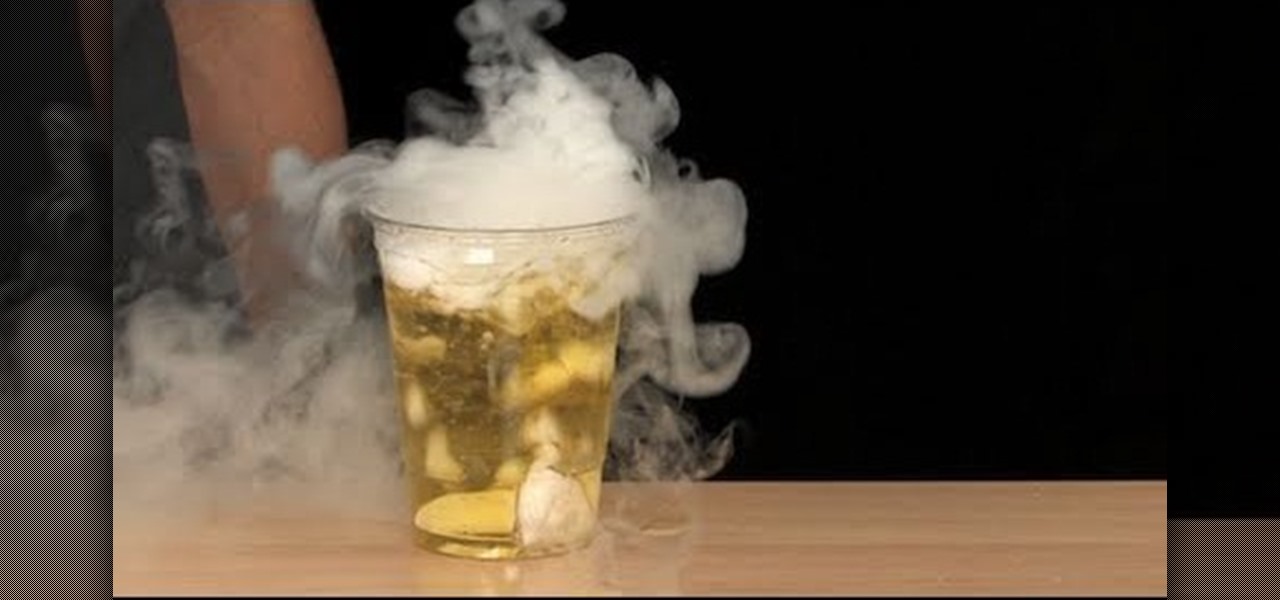
How To: Make bubbling acid with ammonia and dry ice
In the mood for a little mad science? In this home-science how-to from Steve Spangler, we learn how to prepare a bubbly, color-changing concoction using water, ammonia, a universal indicator (cabbage juice will do fine), dry ice, gloves and two plastic cups. Now, repeat the process, this time adding a teaspoon of ammonia when you add your universal pH indicator.

How To: Extract the black tarry substance from 400 cigarettes
Everyone told you that smoking was bad for you, but sometimes it takes a visual lesson to finally quit smoking tobacco products.
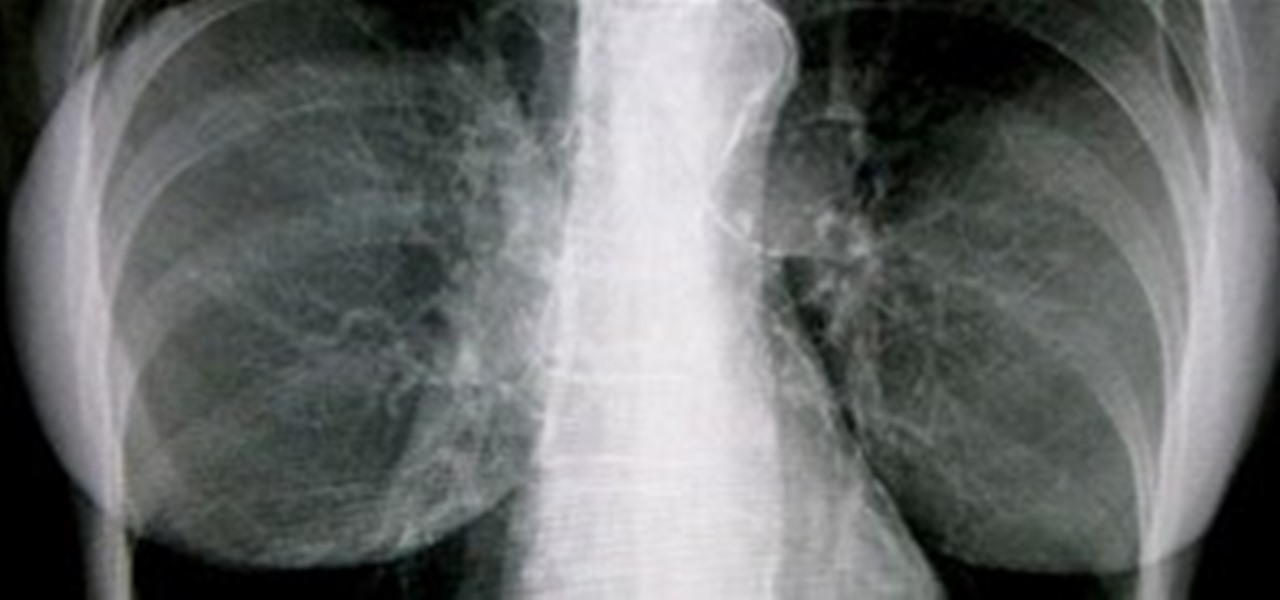
News: Stem Cell Research to Grow Bigger Boobs
A recent Japanese study proposes a simpler, softer, more natural-feeling alternative to silicone breast implants: fat-derived stem cells. The cells are extracted from liposuctioned fat, and then injected into the patient to increase breast circumference. San Diego-based biotech company Cytori Therapeutics is currently waiting on FDA approval to start clinical trials.

Do Not Try This At Home: The Human Torch
PopSci's Gray Matter demonstrates again and again what the layman should absolutely Not Try at Home. Which is precisely what makes Gray's experiments so fun. Remember when the mad scientist fully submerged his hand in liquid nitrogen? Today's demonstration also plays with what is (quite reasonably) assumed to be extremely dangerous and painful: torching the human hand.
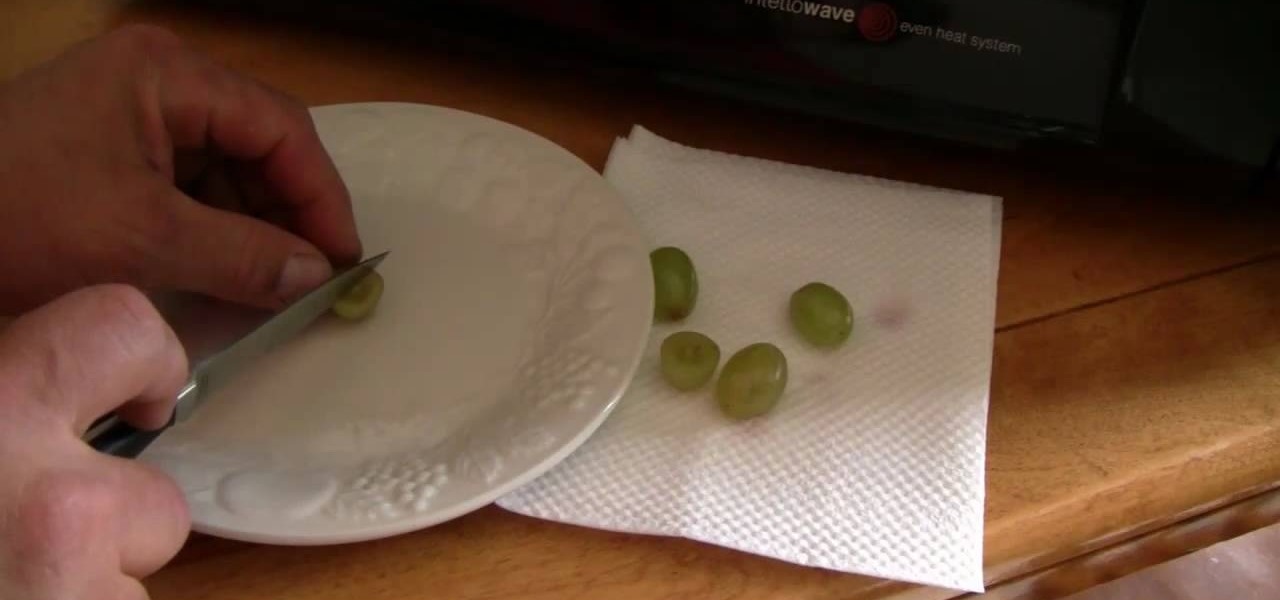
How To: Make plasma with grapes and a microwave oven
This free video science lesson from the Mr G. demonstrates a simple technique for generating plasma with a microwave and a few grapes. For all of the relevant details and detailed, step-by-step instructions, as well as to get started trying this experiment yourself, watch this home-science how-to.
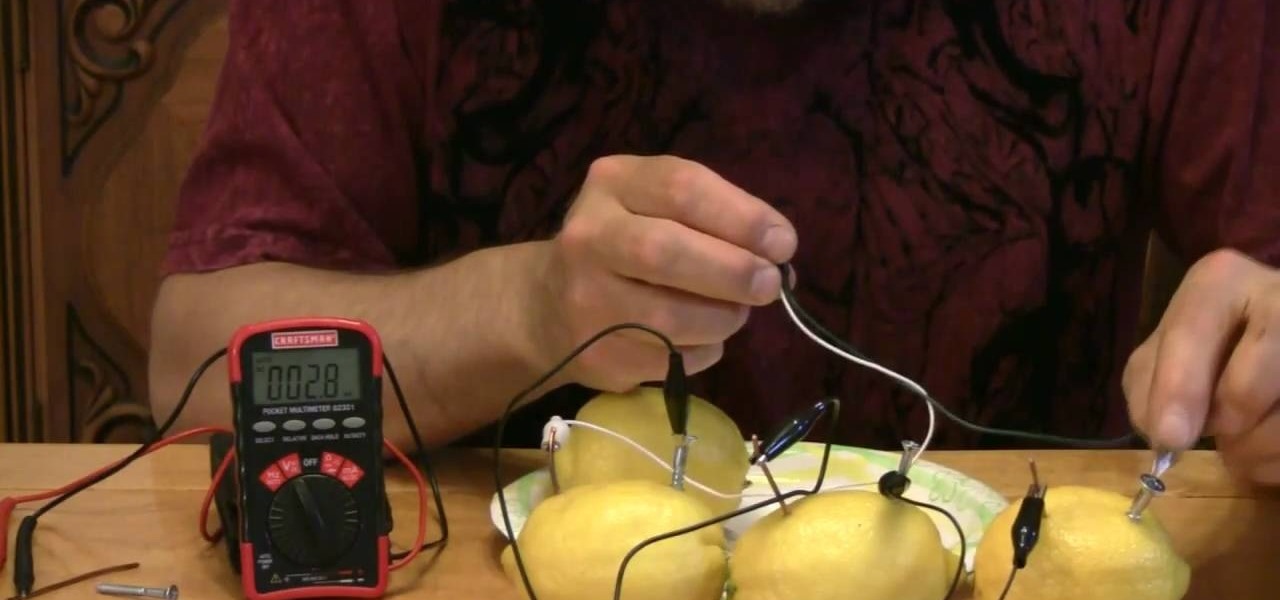
How To: Power an electronic device with a lemon
This free video science lesson from Mr G. demonstrates a simple technique for creating a lemon battery. For all of the relevant details and detailed, step-by-step instructions, as well as to get started trying this experiment yourself, watch this home-science how-to.
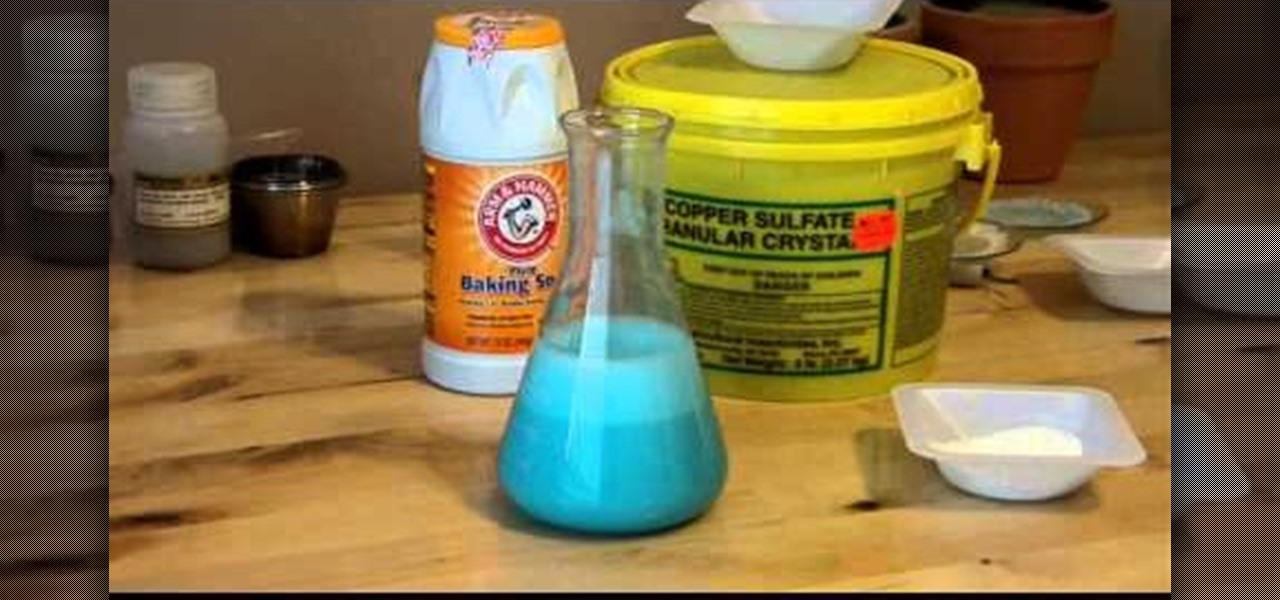
How To: Make copper metal from copper sulfate
This free video science lesson from the Home Scientist demonstrates a simple technique for creating ammonium chloride from hydrochloric acid and ammonia. For all of the relevant details and detailed, step-by-step instructions, as well as to get started trying this experiment yourself, watch this home-science how-to.
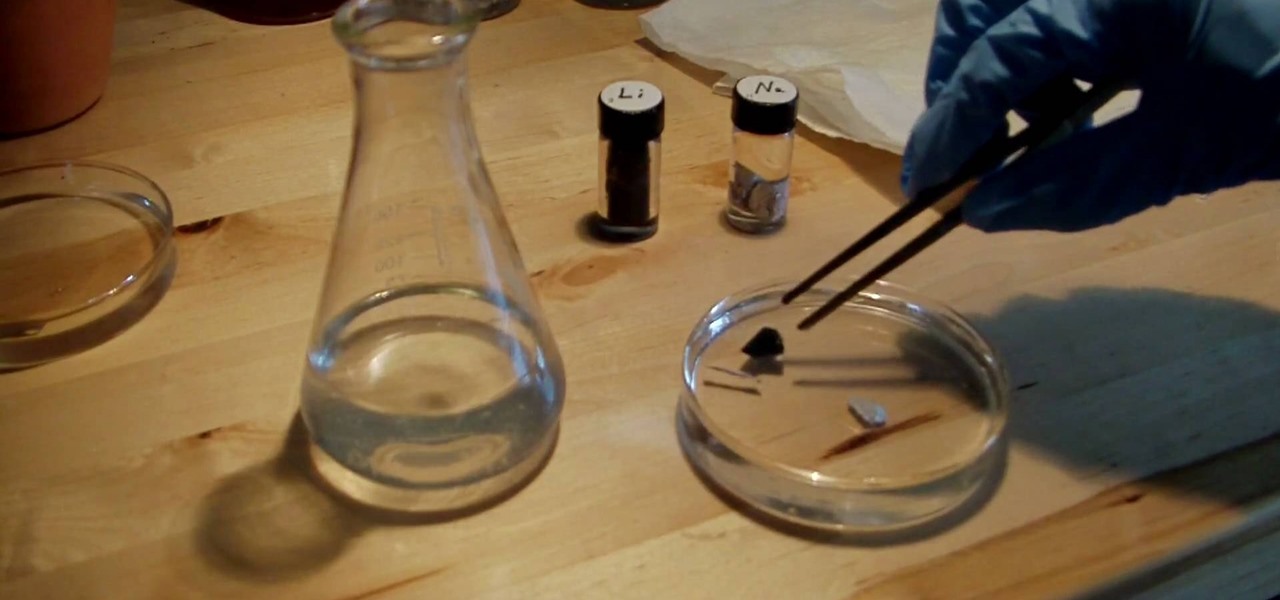
How To: Compare the radioactivity of lithium and sodium
This free video science lesson from the Home Scientist demonstrates a simple technique for comparing the radioactivity of lithium and sodium. For all of the relevant details and detailed, step-by-step instructions, as well as to get started trying this experiment yourself, watch this home-science how-to.



